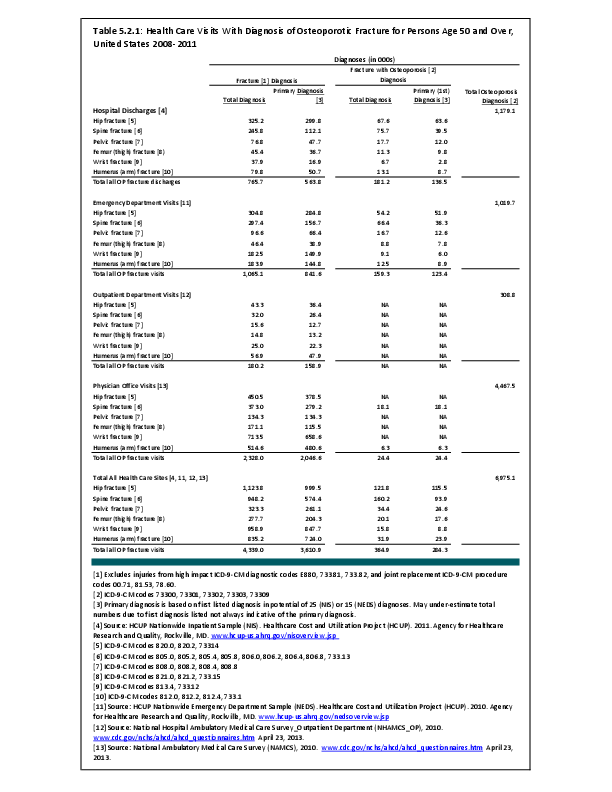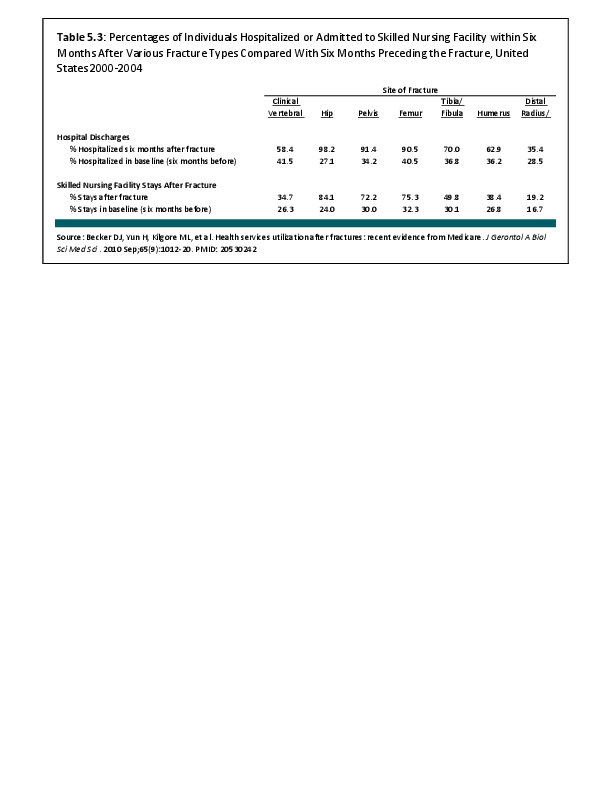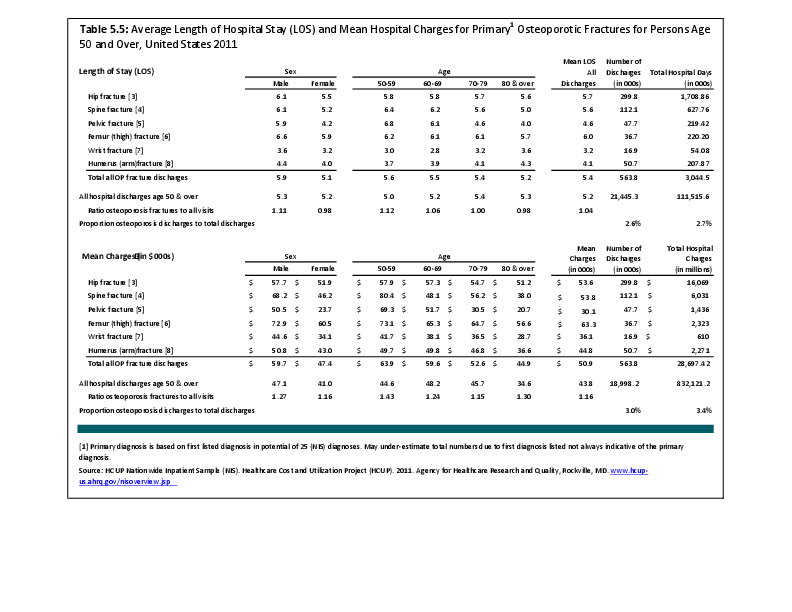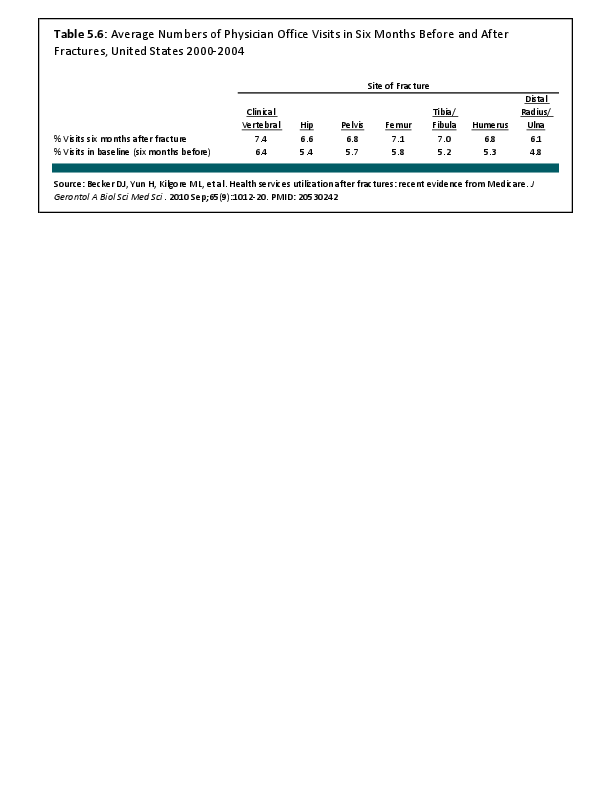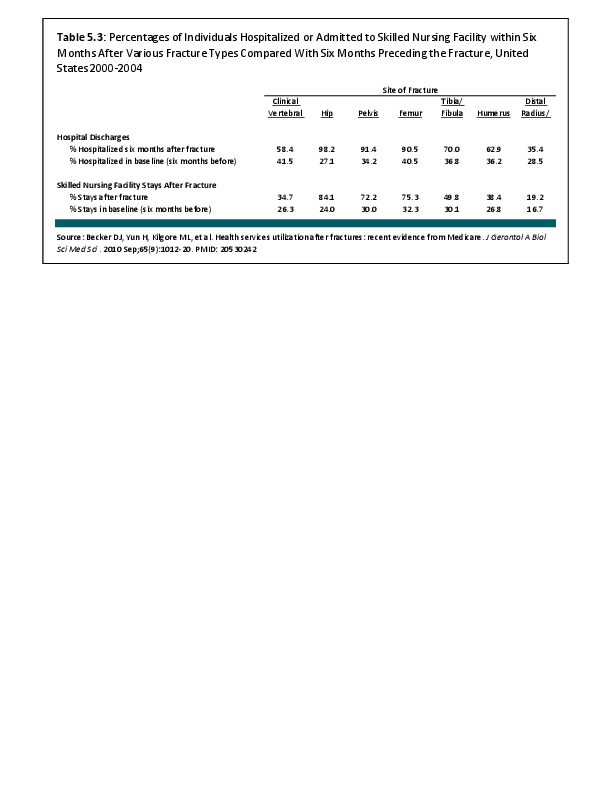Although the number of hospital discharges for hip fractures has increased in recent years due to an aging population, several studies indicate a decreasing rate of hip fractures among white women and men, both in the United States and worldwide, by as much as an annualized 1.5% per year since the early 1990s.1,2,3,4,5 One recent study reports a reduction in the 10-year hip fracture probability for the white population, based on an updated study of hospital discharges using the National Inpatient Sample (NIS).6
The most recent national examination of hip fracture trends shown a decline in the age-adjusted incidence rate of fracture of 24.5% in women and 19.2% in men from 1995 to 2005.7 Racial and ethnic differences in the declines in hip fractures incidence have been evaluated. For example, a Medicare population study of hip fractures between 2000 and 2009 reported statistically significant declines in White men and women; however, due to smaller numbers, a decline among Black and Hispanic women is not statistically supported.8 Another study of hip fractures among Hispanics reported an increase in hip fractures in this population.9 Given these declines, the US version of the 10-year fracture probability calculator, FRAX, has been undated.
While declines in hip fracture incidence is being observed, fractures remain a concern because there is some indication the reduction in hip fractures is being offset with fractures in other sites, particularly vertebral fractures, due in large part to extended longevity.4
- 1. Gehlback SH, Avrunn JS, Puleo E: Trends in hospital care for hip fractures. Osteoporosis Int 2007;18(5):585-491. Epub 2006 Dec 5.
- 2. Melton LJ 3rd, Kearns AD, Atkinson EJ, et al.: Secular trends in hip fracture incidence and recurrence. Osteoporosis Int 2009;20(5):687-694. doi: 10.1007/s00198-008-0742-8.
- 3. Kanis JA, Odén A, McCloskey EV, et al.: A systematic review of hip fracture incidence and probability of fracture worldwide. Osteoporosis Int 2012. doi: 10.1007/s00198-012-1964-3.
- 4. a. b. Shreyasee A, Achenback SJ, Atkinson EJ, et al.: Trends in fracture incidence: A population-based study over 20 years. JBMR 2014;29(3):581-589. doi: 10.1002/jbmr.2072.
- 5. Stevens JS, Rudd RA: Research letter: Declining hip fracture rates in the United States. Age Ageing. 2010;39(4):500-503. doi: 10.1093/ageaging/afq044.
- 6. Ettinger B, Black DM, Dawson-Hughes B, et al.: Updated fracture incidence rates for the US version of FRAX®. Osteoporos Int 2010;21(1):20-33. doi: 10.1007/s00198-009-1032-9.
- 7. Brauer CA, Coca-Perraillon M, Cutler DM, Rosen AB: Incidence and mortality of hip fractures in the United States. JAMA 2009;302:1573-1579. doi: 10.1001/jama.2009.1462.8
- 8. Wright NC, Saag KG, Curtis JR, et al.: Recent trends in hip fracture rates by race/ethnicity among older US adults. JBMR 2012;27(11):2325-2332. doi: 10.1002/jbmr.1684.
- 9. Zingmond DS, Melton LJ 3rd, Silverman SL: Increasing hip fracture incidence in California Hispanics, 1983 to 2000. Osteopoross Int 2004;15(8):603-610. Epub 2004 Mar 4.
Edition:
- 2014

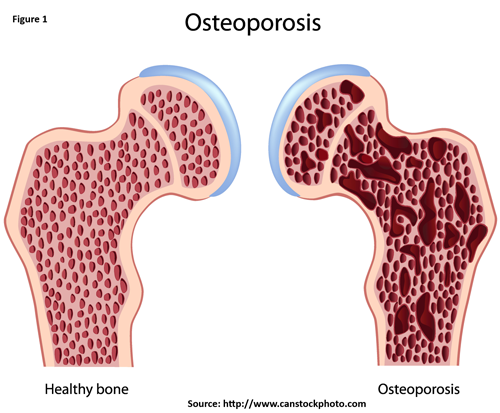
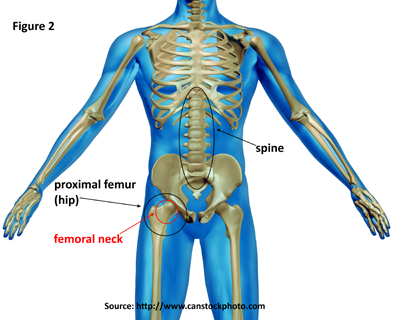
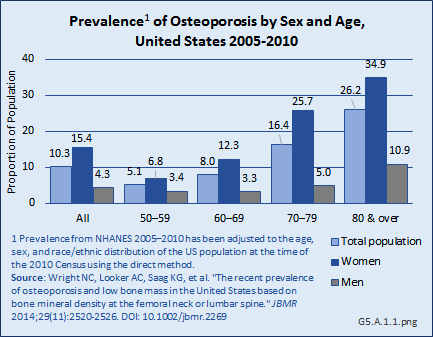
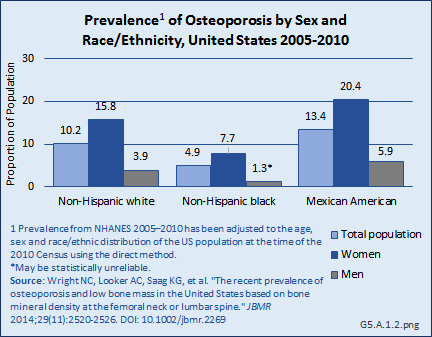
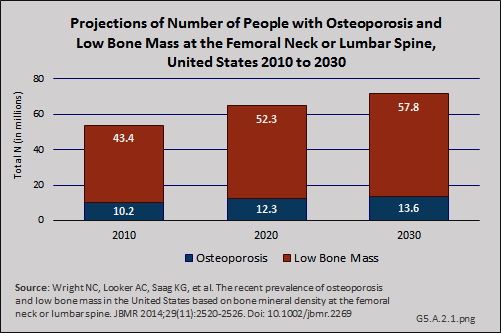
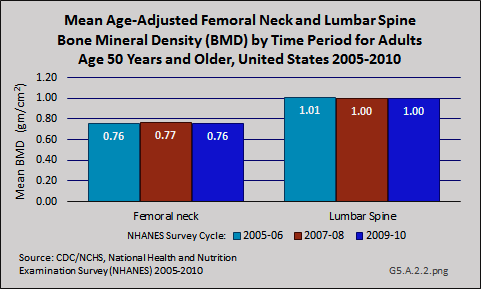
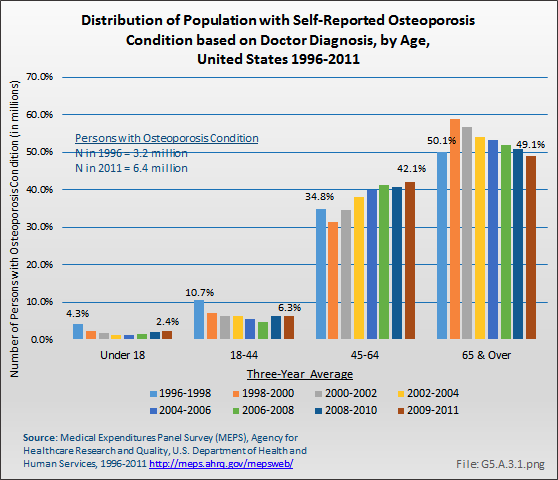
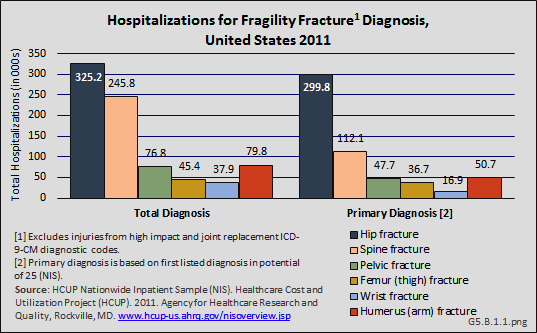
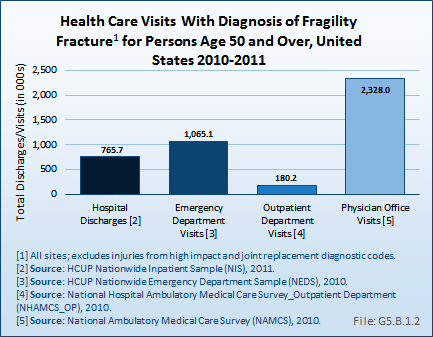
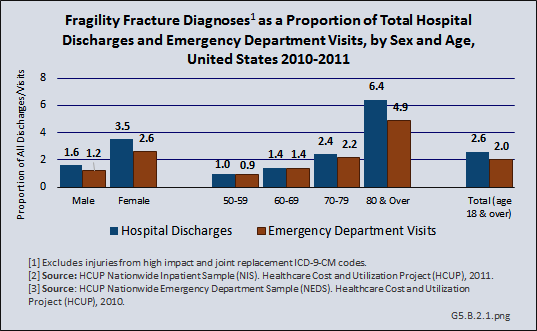
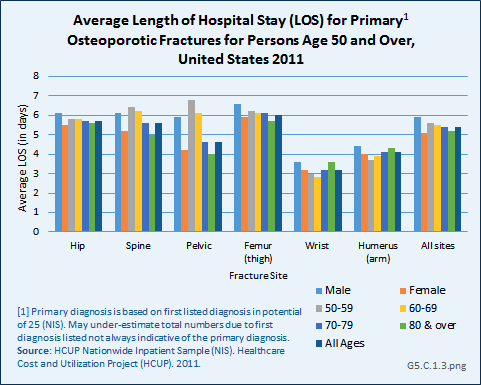
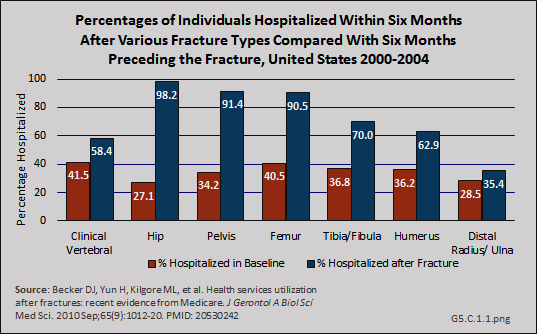
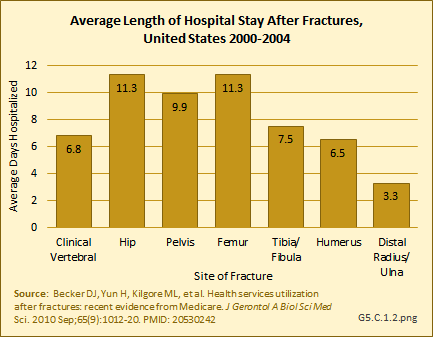
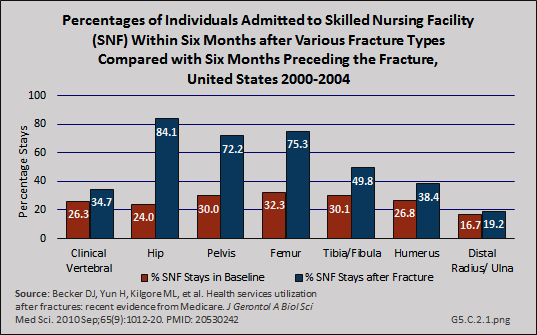
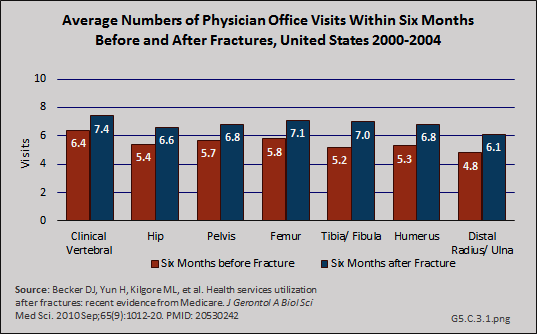
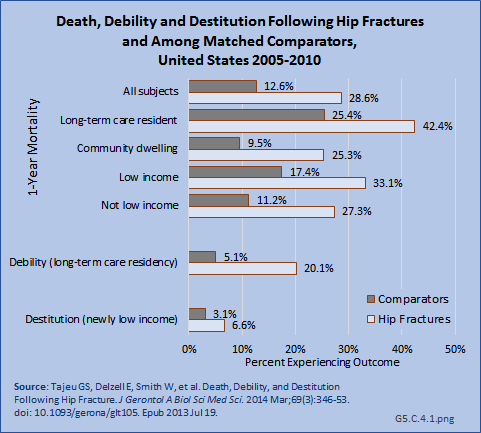
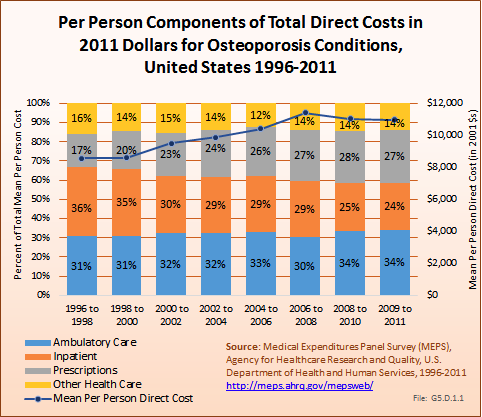
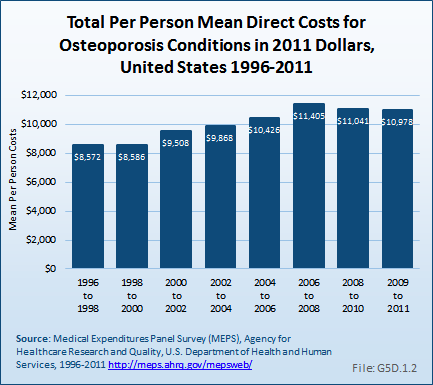
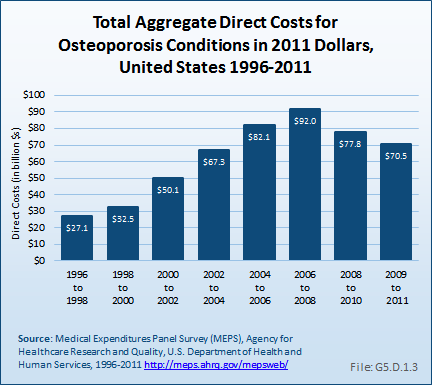
 Download as CSV
Download as CSV
